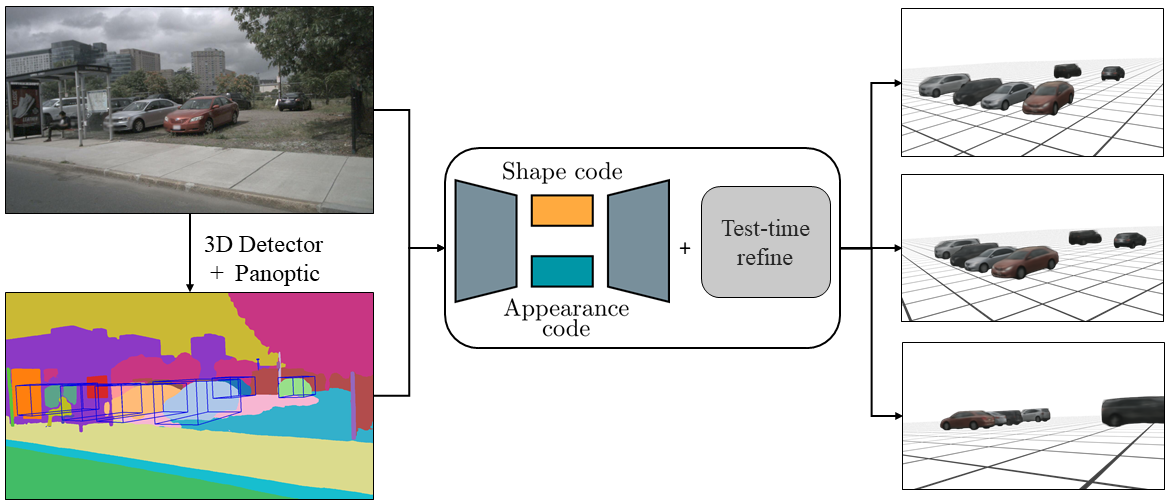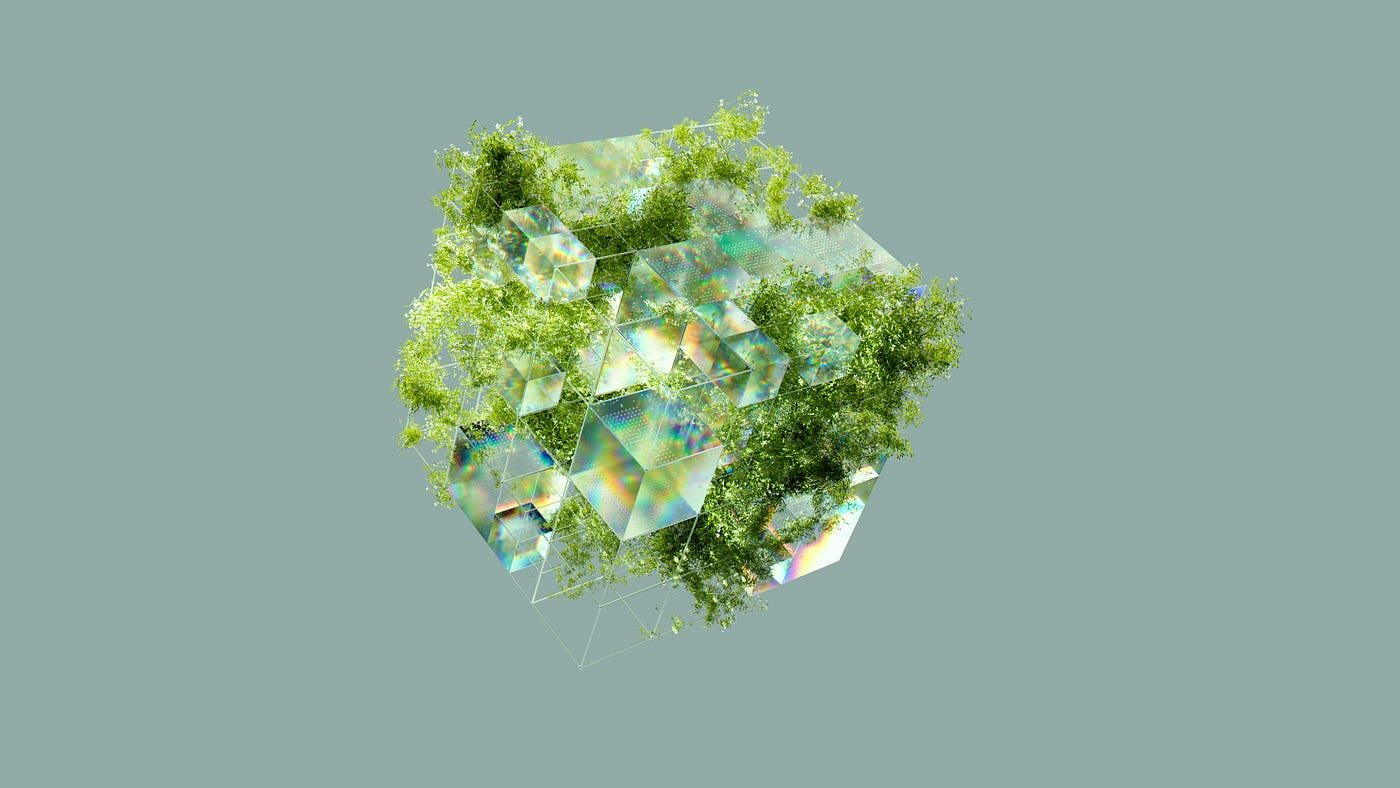3D reconstruction from single images takes a giant leap forward with the advent of a groundbreaking method – “Triplane Meets Gaussian Splatting.” In this paper, researchers introduce an innovative approach that revolutionizes the process, making 3D object reconstruction from a single image faster and more efficient.

Click here to use this technology.
Unlocking the Challenge of Single-View 3D Reconstruction
Digitizing 3D objects from 2D images has long been a challenge, especially given the inherent limitations of single images. This hurdle, crucial in computer vision and graphics, has hindered progress in augmented reality (AR) and virtual reality (VR). While diffusion models offered novel viewpoints, the lack of 3D structural constraints persisted. Attempts to address this, including multi-view attention and 3D-aware features, fell short due to time-intensive optimizations, limiting practical applications.
Introducing “Triplane Meets Gaussian Splatting” (TGS): a method merging explicit and implicit 3D representations. The hybrid model improves reconstruction quality efficiently.
Also Read: HuggingFace Welcomes Alibaba’s ReplaceAnything Launch
Transformative Transformer Networks for Scalability and Generalizability
TGS employs two transformer-based networks: a point cloud decoder and a triplane decoder. This design choice facilitates scalability and supports large-scale, category-agnostic training, enhancing the model’s generalizability to real-world objects. The transformer architecture ensures efficient interaction of latent features with input image features through cross-attention, paving the way for fast, high-resolution rendering.
Also Read: Meta’s URHand: Your Guide to a High-Fidelity Universal Relightable Hands Experience
Projection-Aware Conditioning: Bridging the Gap with Input Observations
One of TGS’s standout features is incorporating local image features for projection-aware conditioning in transformer networks. This innovative approach fosters greater consistency with input observations, elevating the quality of 3D reconstruction and novel view synthesis. The fusion of explicit and implicit representations, combined with projection-aware conditioning, positions TGS as a frontrunner in single-view 3D reconstruction.

Our Say
“Triplane Meets Gaussian Splatting” represents a paradigm shift in the landscape of 3D reconstruction from single images. TGS outperforms existing baselines in terms of reconstruction quality and speed and achieves these feats with a feed-forward model, enabling rapid 3D content creation and rendering. This breakthrough method promises to revolutionize industries relying on 3D visualization, opening new possibilities for fast, high-quality 3D content creation.
In a world increasingly shaped by augmented and virtual realities, TGS emerges as a beacon of innovation, heralding a future where the complexities of 3D reconstruction from single images are elegantly overcome. Fast, efficient, and high-quality – TGS is set to redefine the standards of single-view 3D reconstruction.
Follow us on Google News to stay updated with the latest innovations in the world of AI, Data Science, & GenAI.




